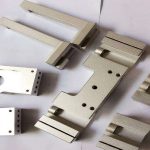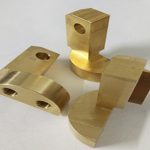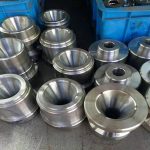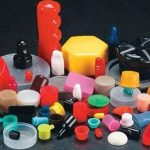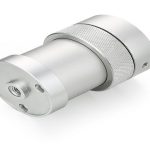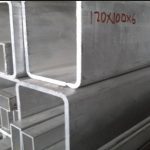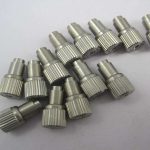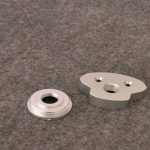On March 7th, forging ironware, mankind has a history of about 6,000 years, and many places still retain the oldest metal processing and forging technology.
The forging process applies force to shape the metal. Modern forging is usually associated with high-temperature heating of metal workpieces, so that they can be formed into corresponding shapes with machine-driven hammers or presses, sometimes using molds to crush the material into specific geometric shapes. However, there are other forging techniques that use cold temperatures to ensure that metal parts do not expand due to high temperatures, thereby improving stability.
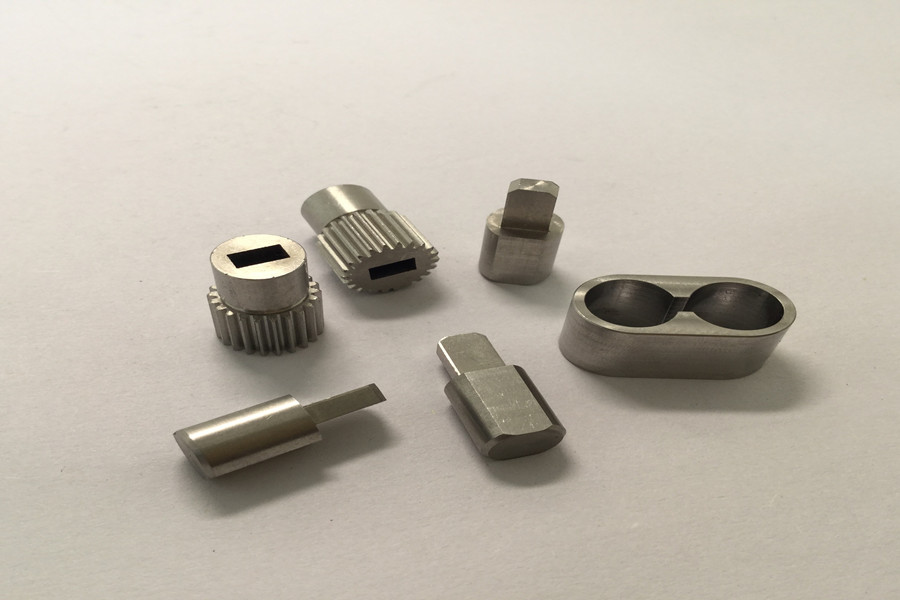
In the additive manufacturing (AM) industry, we like to talk about the various traditional manufacturing processes that have been destroyed by 3D printing, and the same is true for forging. However, how additive manufacturing will disrupt the world of forging, to be precise, is different from casting and machining. Forgings have major advantages in terms of physical strength of forgings. Since their internal grain structure is deformed to follow the general shape of the part, its strength is stronger than that of cast or machined parts. The cost of materials used in the forging process is generally cheaper, but the cost of forging presses and molds can be high, and the parts usually require secondary machining (such as CNC machining) to reach the final shape.
Therefore, forging is usually reserved for parts with less complex geometries that need to be manufactured from cheaper metals (such as iron and steel) in a highly repeatable manner. This may mean wheel spindles, king pins, axle beams and auto parts; oil and gas valves and accessories; pliers, hammers, sledges and wrenches in hardware and tools; connecting rods, cylinders, and discs in general industry; Shells, triggers and other artillery parts; as well as bulkheads, spars, hinges, engine supports, brackets and beams in aerospace. Obviously, some of these components can transition from one vertical direction to another vertical direction (for example, brackets and hinges)
Those familiar with additive manufacturing technology may begin to feel that additive manufacturing is best suited to influence the forging market: low geometric complexity, but high material strength. If you think like us, start to consider the possibility of using Directed Energy Deposition (DED) when manufacturing parts that approximate the final shape. DED has many of the same advantages as forging, and is suitable for many of the same applications, while also providing some other advantages. Using blown powder or wire, DED can quickly form medium to large parts close to the final shape. These parts are usually called “blanks”, and then Cnc Machining is used to finish them.
DED can create metal parts that are closer to the final desired shape than forging, without the use of tools. Moreover, when it comes to more expensive materials (such as titanium), DED may be more cost-effective. For forged parts that usually require molds, DED can significantly increase the speed. In turn, DED has the potential to reduce mold, material, and processing costs for certain components.
Specifically, when there is no significance for mass manufacturing, the number of these parts will be reduced, and AM is actually cheaper than forging. This means short-term professional components and prototypes. In other words, aerospace is the main field of DED and is currently an alternative to forging. There are many DED companies for the aerospace industry, among which aircraft manufacturers have qualified the processes and parts installed on the aircraft.
When it comes to part strength, DED components experience a large thermal gradient during the deposition process, which can lead to residual stress, which may lead to deformation and negatively affect the overall strength of the part. In some cases, heat treatment may even be required during the actual production of the parts to reduce stress. Naturally, system manufacturers are working hard to overcome these problems, including closed-loop quality control and monitoring, and simulation software that can compensate for the stress on the printed parts.
Comment on China 3D Printing Network: Therefore, forging is unlikely to be threatened by additive manufacturing, but to supplement it. Forging is still the first choice for mass production of solid, geometrically simple parts, while DED can be used for small (usually medium and large) special parts, otherwise these parts require tools or must be manufactured from high-performance, such as precious metals. This may include the Boeing 787 Dreamliner Structural parts or A350 XWB titanium bracket. Once the DED system is introduced for such projects, auxiliary applications of the technology can be found. For example, DED machines can be used to repair forging dies or deposit other features on forged parts. In fact, Arconic has developed a new additive process called Ampliforge, in which DED parts are first manufactured and then forged to ensure proper material properties of the parts.
Link to this article: Is 3D printing a threat to forging?
Reprint Statement: If there are no special instructions, all articles on this site are original. Please indicate the source for reprinting:https://www.cncmachiningptj.com
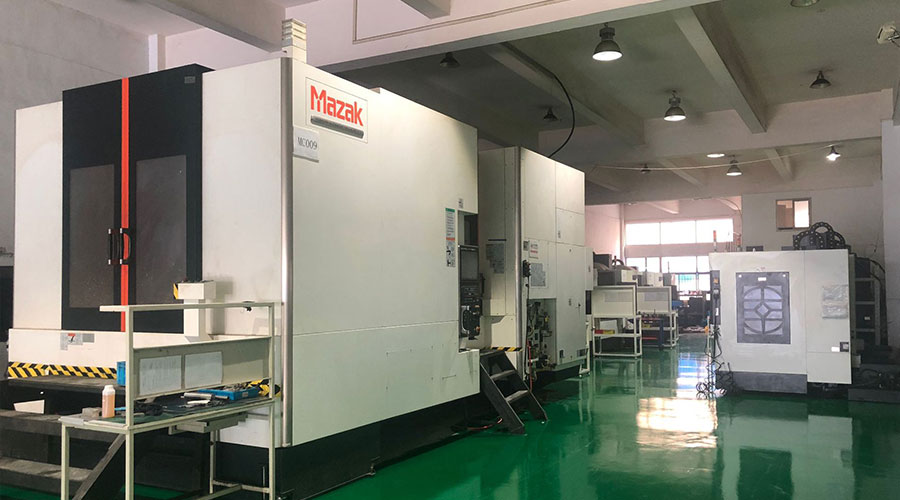 PTJ® provides a full range of Custom Precision cnc machining china services.ISO 9001:2015 &AS-9100 certified.
PTJ® provides a full range of Custom Precision cnc machining china services.ISO 9001:2015 &AS-9100 certified.
Machining shop specializing in fabrication services for construction and transportation industries. Capabilities include plasma and oxy-fuel cutting, Tailored machining, MIG and Custom Aluminum Cnc Precision Milling Welding Jig Fixture, roll forming, assembly, Lathe machining stainless steel cnc machine shaft, shearing, and CNC Swiss Machining services. Materials handled include carbon and Passivation Stainless Steel Machining Cover Plate Parts.
Tell us a little about your project’s budget and expected delivery time. We will strategize with you to provide the most cost-effective services to help you reach your target,You are welcome to contact us directly ( [email protected] ) .
Link to this article:Is 3D printing a threat to forging?
Reprint Statement: If there are no special instructions, all articles on this site are original. Please indicate the source for reprinting:Tungusten,Thanks!^^

